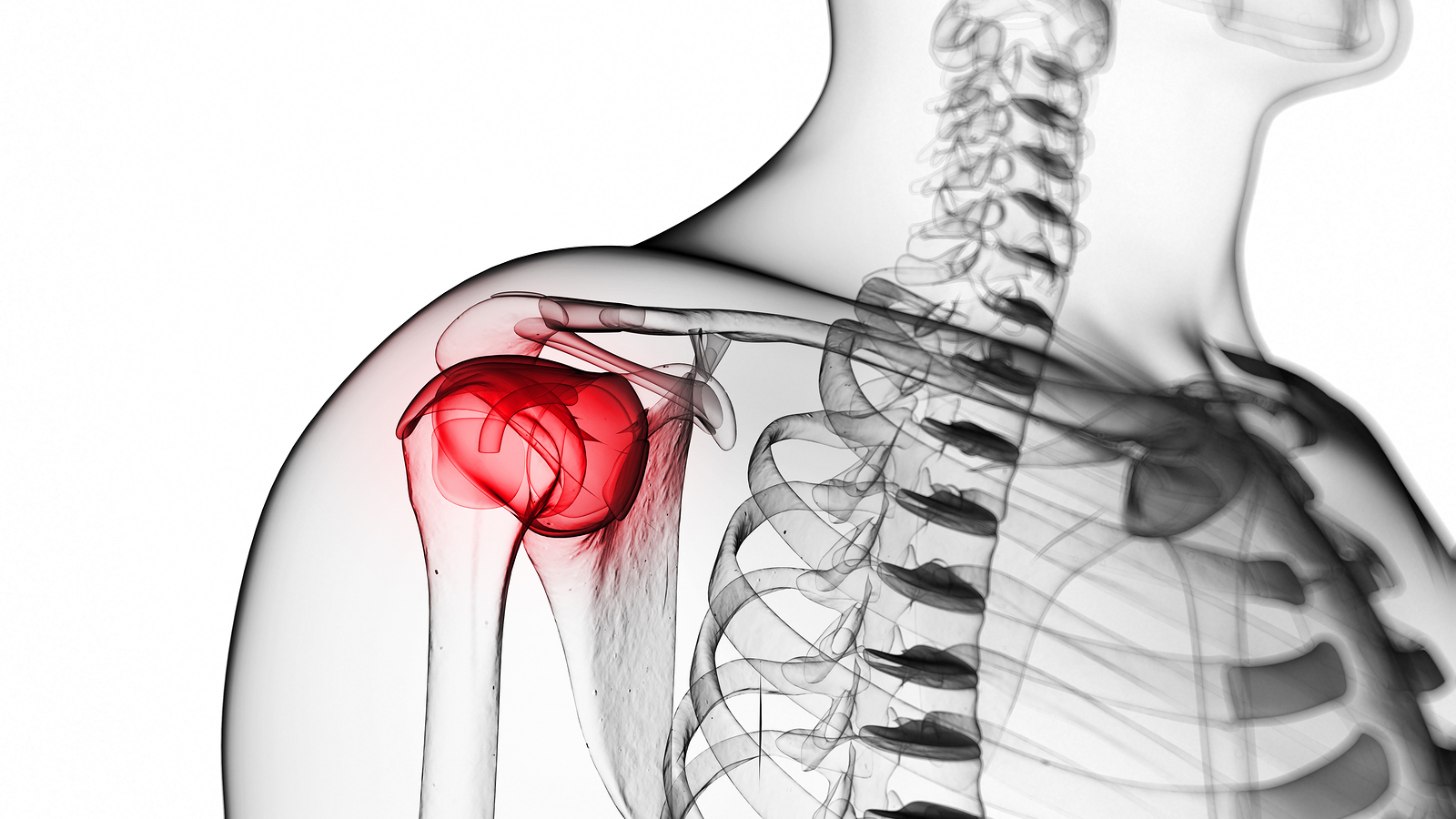
What does a dislocated shoulder look like?
If you dislocate your shoulder, let’s say on the rugby field, there is usually only one treatment option and that is a closed reduction. This can happen immediately or once you arrive at a hospital in the emergency department either way it is potentially risky as may caused secondary damage. Interestingly there are over 20 different maneuvers described for how to reduce a dislocated shoulder. If you’re interested in what technique to use and when to use it then there is a technical report linked below. *Disclaimer this article in no way suggests you should perform a reduction unless you have undergone appropriate training and have experience.*
How do you Reduce a Dislocated Shoulder?
The main risk associated with closed reductions are recurrent subluxation and chronic instability, because of this there is growing argument that first time dislocations should be managed surgically with stabilisation techniques especially with labral damage. However there is inconclusive evidence to suggest whether or not this is the right approach to take.
This systematic review by Kavaja et al aimed to begin to answer this question. The researchers performed a review of 22 RCT’s which compared any intervention after first-time traumatic dislocation or chronic post-traumatic instability.
Results from the systematic review suggest that there was moderate quality evidence suggesting labrum repair reduced risk of future dislocations. There was also good evidence suggesting that around 47% of patients that did not have surgery did not experience redislocation.
In essence the take away clinical message is that around half of patients who receive physiotherapy did not redislocate their shoulder and if they do develop chronic instability surgery should be considered. Clearly this is only relevant for those patients who have this mechanism of injury and non-complicated dislocations.
No comments:
Post a Comment